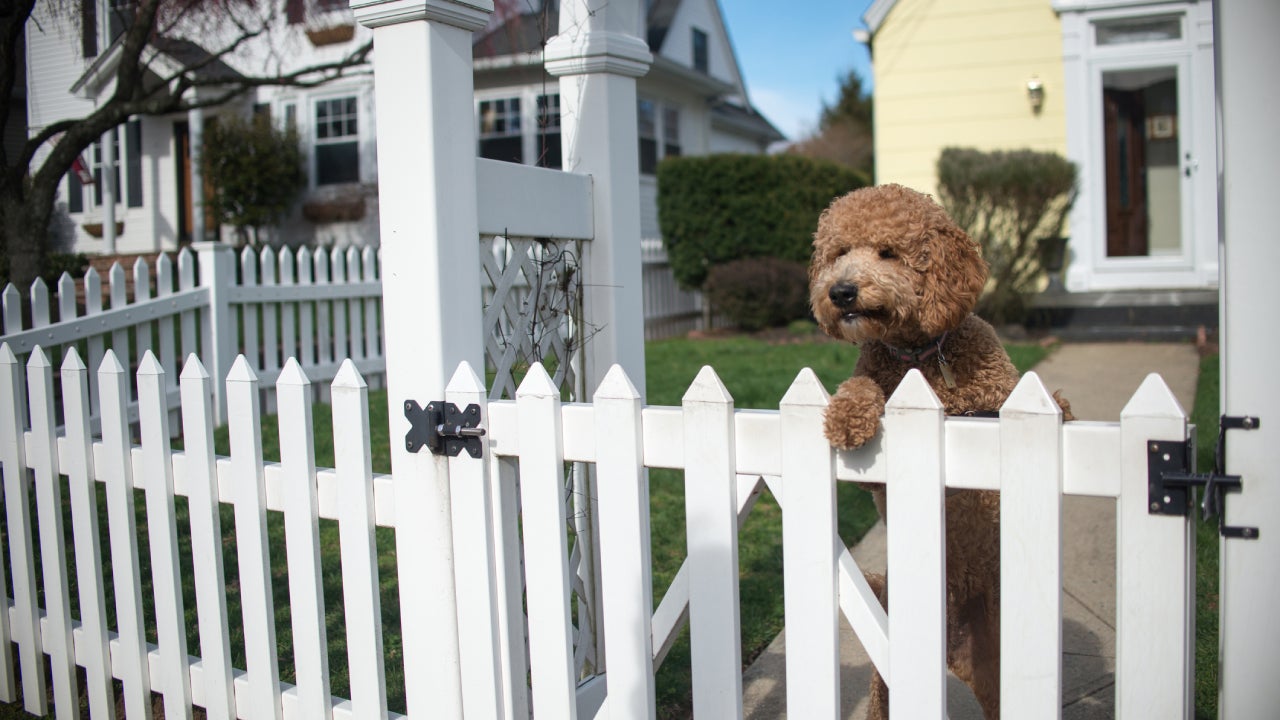Does homeowners insurance cover jewelry?

Key takeaways
- Homeowners insurance policies typically include coverage for personal property like jewelry, but the limits are usually quite low.
- You may be able to increase your personal property coverage limit or add scheduled personal property coverage if needed.
- A scheduled personal property endorsement or a standalone jewelry insurance policy may cover accidental loss.
Jewelry is included in your home insurance policy under Coverage C, personal property insurance. However, depending on the value of your jewelry collection, it may not be insured for its full value without scheduled personal property endorsements. Bankrate’s insurance editorial team, which includes licensed insurance agents, explains what you need to know about how homeowners insurance covers jewelry.
When is jewelry covered by homeowners insurance?
Jewelry is covered by home insurance, but there are two important caveats to be aware of: theft sublimits and a pair or set condition.
Jewelry can be highly valuable and easy to steal. To limit risk exposure, most insurance companies have a set sublimit that caps how much they will pay out on a jewelry theft claim. For most home insurance companies, the limit is $1,500, but that could change based on your specific policy.
For example, even if you have $150,000 in personal property coverage, your insurance company may only give you up to $1,500 for a jewelry theft claim, and your deductible is factored into your payout. So, if your $1,000 necklace is stolen during a house party and you have a $1,000 deductible, you technically wouldn’t receive any money from your insurance company.
Further, the pair or set condition applies to earrings and other pieces of jewelry that come in twos. This condition spells out how your insurance company settles a claim if only part of a set is damaged, lost or stolen. Your insurance company is not required to reimburse you for the whole value of a pair or set. Instead, your payout could be calculated by taking the total value minus the value of what remains.
So, say you have a pair of diamond earrings valued at $20,000. One earring is damaged beyond repair in a fire, and the other is fine. Alone, one earring is appraised for $6,000. In that case, your insurance company may give you $13,000: $20,000 minus the $6,000 value of one earring and minus your $1,000 deductible.
If you have jewelry worth more than your designated coverage limit, you might want to consider a scheduled personal property endorsement. With this endorsement, you can insure your jewelry for its full value, and protect it from more perils. In some cases, these include accidental physical damage and loss, which is usually excluded from a home insurance policy. Depending on the endorsement, you may also be able to insure your jewelry without a deductible.
Does home insurance cover stolen jewelry?
Theft is considered a covered peril for most home insurance policies, including HO-3 insurance (the most common policy type) — but only up to the policy’s theft sublimits. Whether you have one high-value item or an entire high-value jewelry collection, your home insurance policy will only pay up to the theft sublimit for jewelry coverage. Without increasing your personal property coverage limit or adding scheduled personal property coverage, your home insurance policy may not offer enough coverage to fully replace stolen jewelry.
Does home insurance cover damaged jewelry?
Homeowners insurance policies may cover personal property on a named perils or open perils basis. Depending on your policy, there are some perils that are typically not included or specifically excluded. Damaged jewelry may be covered if it is harmed by a covered peril, such as a fire or windstorm — but only up to your policy limits. Jewelry covered under a scheduled personal property endorsement may have coverage in case of accidental damage and have no deductible (in some cases).
Does home insurance cover lost jewelry?
Usually, your home insurance will not cover lost jewelry. If you have an HO-3 home insurance policy, your personal property is protected on a named-peril basis. This means that you can only file a personal property claim if your property (in this case, jewelry) is damaged by something explicitly listed in your policy like a fire or theft. However, if you have an HO-5 policy, your personal property is protected on an open-perils basis. In that case, it is possible for your home insurance policy to help pay for lost jewelry, but it is not guaranteed.
Neglect is excluded from all policies, HO-5 included, and your insurance company could view losing jewelry as an act of neglect. Since it’s rare that homeowners insurance covers lost jewelry, experts recommend speaking with an agent about a scheduled personal property endorsement.
How much personal property is covered by home insurance?
Personal property coverage is a component of standard homeowners insurance policies that covers belongings like clothing and furniture. It typically offers coverage valued up to a percentage of your dwelling coverage, which is the amount for which the structure of your home is insured.
Most insurance providers offer personal property coverage totaling 50 to 70 percent of your dwelling coverage. Your policy details may vary. To check your coverage, refer to your policy documents or speak with your agent. However, keep in mind that jewelry and other valuables may be subject to certain sublimits, which an agent should also be able to walk you through.
How can I increase my insurance coverage for jewelry?
If you are looking for a way to ensure that your homeowners insurance covers jewelry, you may be able to amend your home insurance policy in order to provide extra coverage. Depending on the value of your collection, as well as how many pieces you own, there are several options to achieve this.
Raise your coverage limits
If your existing personal property coverage limit on jewelry is close to the amount you need, you could contact your insurer to inquire about raising your coverage limit. This would likely increase your premium, but it could be a good solution if you don’t need to increase your coverage substantially. Keep in mind that your deductible still applies if you rely solely on your personal property coverage.
Homeowners insurance endorsement
Adding a scheduled personal property endorsement is another option to add coverage for specific items in your collection. Many people add this coverage to insure jewelry and other high-value items like art, collectibles, rugs and instruments.
When adding this endorsement to your policy, your insurance company will likely ask for the purchase receipt or a recent appraisal to insure the item for a specific dollar amount. Depending on your company’s endorsement specifics, a deductible might not apply for the item in a covered loss, or you may be able to choose a lower deductible than that which applies to the rest of your policy. However, keep in mind that adding endorsements will raise the cost of your premiums. The increase generally depends on how much coverage you add.
Jewelry insurance
Certain companies, including some major insurers, offer standalone jewelry insurance policies. A jewelry insurance policy could be helpful if your home insurance company does not offer a scheduled personal property endorsement. Jewelry insurance policy specifics vary greatly between companies, but loss, theft and some damage are usually covered.
Frequently asked questions
Why we ask for feedback Your feedback helps us improve our content and services. It takes less than a minute to complete.
Your responses are anonymous and will only be used for improving our website.
You may also like

Does homeowners insurance cover treehouses?

Does home insurance cover fences?

Does homeowners insurance cover trampolines?



